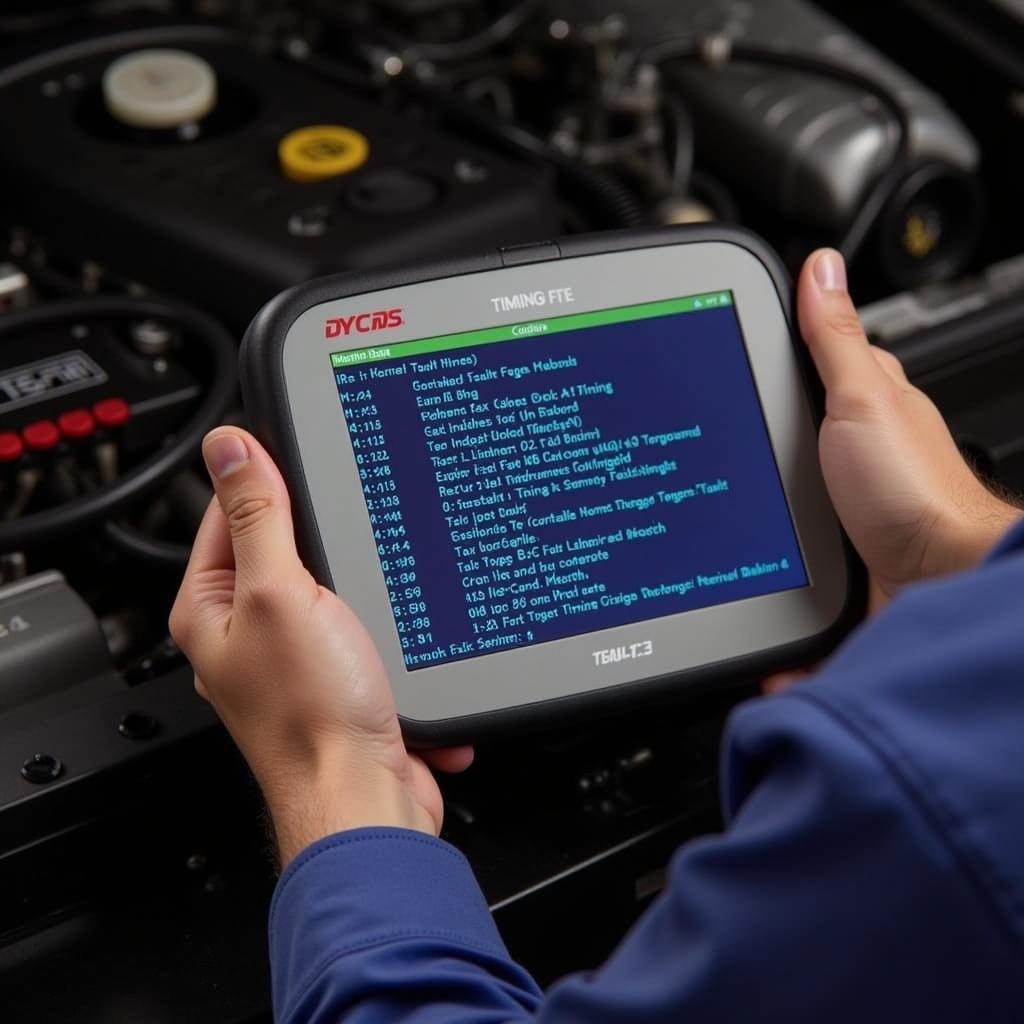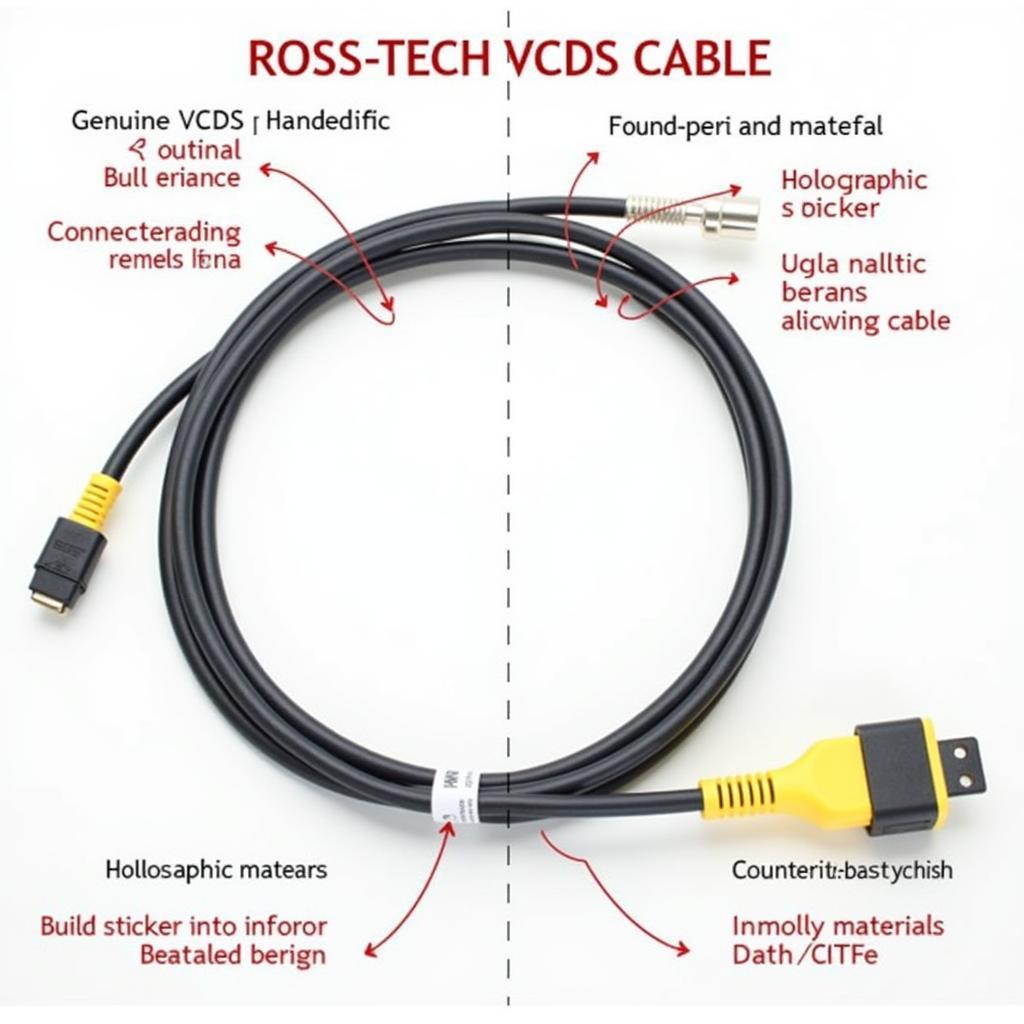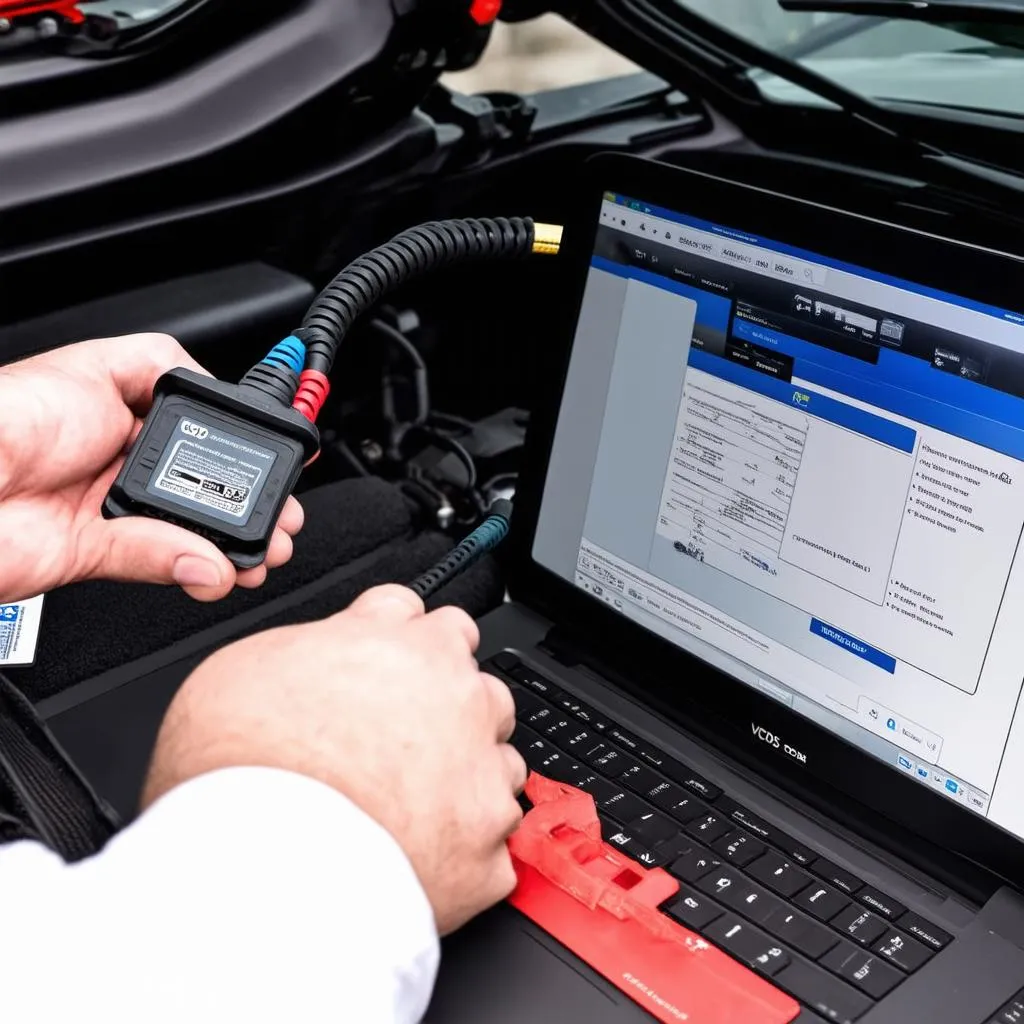VCDS Lite, a popular diagnostic software for Volkswagen, Audi, Seat, and Skoda vehicles, is often the go-to tool for many DIY enthusiasts. But is VCDS Lite adequate for setting timing? This article delves into the capabilities of VCDS Lite, exploring its usefulness for timing adjustments and highlighting when professional tools might be necessary.
Understanding Timing Adjustments and VCDS Lite
Timing adjustments are crucial for optimal engine performance and fuel efficiency. Incorrect timing can lead to power loss, poor fuel economy, and even engine damage. VCDS Lite offers basic diagnostic and adjustment functionalities, but its capabilities regarding timing adjustments are limited. While it can read timing values and some related data, it generally cannot perform the actual adjustments required for setting the timing.
VCDS Lite’s Limitations with Timing
While VCDS Lite can be a valuable tool for reading fault codes, monitoring live data, and performing basic adaptations, it falls short when it comes to complex procedures like timing adjustments. This limitation stems from the fact that timing adjustments often require precise control over the engine’s components, which VCDS Lite doesn’t provide.
Why VCDS Lite Isn’t Enough for Setting Timing
- Requires specialized hardware: Setting timing typically necessitates dedicated tools that interface directly with the engine’s timing components. These tools often involve specialized hardware that VCDS Lite doesn’t support.
- Complex procedures: Timing adjustments are intricate procedures that require precise measurements and adjustments. VCDS Lite’s interface isn’t designed for such complex operations.
- Safety concerns: Incorrect timing adjustments can cause significant engine damage. The simplified nature of VCDS Lite makes it unsuitable for such critical tasks, where precision and safety are paramount.
When Professional Tools Are Necessary
For setting timing accurately and safely, professional-grade diagnostic and tuning tools are indispensable. These tools provide the necessary functionality and precision to make the required adjustments without risking engine damage.
Professional Tools for Timing Adjustments
Professional tools offer several advantages over VCDS Lite for timing adjustments:
- Precise control: These tools offer fine-grained control over the engine’s timing components, allowing for accurate adjustments.
- Advanced functionalities: Professional tools often include features for measuring and adjusting other engine parameters related to timing, providing a comprehensive solution.
- Safety features: These tools often incorporate safety mechanisms to prevent accidental damage during timing adjustments.
Using VCDS Lite for Supporting Timing Diagnostics
While not suitable for setting timing directly, VCDS Lite can still play a supporting role in timing-related diagnostics. It can be used to:
- Read fault codes: VCDS Lite can identify fault codes related to timing components, providing valuable clues for troubleshooting.
- Monitor live data: VCDS Lite allows monitoring live data from various engine sensors, which can be useful for identifying timing-related issues.
- Verify adjustments: After timing adjustments are made with professional tools, VCDS Lite can be used to verify the changes and ensure they are within specifications.
 VCDS Lite Supporting Timing Diagnostics
VCDS Lite Supporting Timing Diagnostics
Conclusion: VCDS Lite and Timing – A Supporting Role
While VCDS Lite is a valuable tool for many diagnostic tasks, it’s not adequate for setting timing. Its limitations regarding direct control over timing components necessitate the use of professional tools for this critical procedure. However, VCDS Lite can still be helpful in supporting timing diagnostics by reading fault codes, monitoring live data, and verifying adjustments made with professional equipment. Therefore, VCDS Lite is a useful companion tool, but not a replacement for specialized timing equipment. For accurate and safe timing adjustments, investing in professional tools is essential.
FAQ
- Can I use VCDS Lite to adjust ignition timing? No, VCDS Lite is not designed for adjusting ignition timing directly.
- What tools are needed for setting engine timing? Specialized timing tools, including a timing light, degree wheel, and potentially specialized software, are required.
- Can incorrect timing damage my engine? Yes, significantly. Incorrect timing can lead to a variety of problems, including power loss, poor fuel economy, and even catastrophic engine damage.
- How often should timing be checked? Refer to your vehicle’s owner’s manual for the recommended timing inspection intervals.
- Can I use VCDS Lite to check camshaft timing? While you can see some related data, VCDS Lite does not offer the functionality to check camshaft timing directly. Specialized tools are necessary for this task.
- What are the symptoms of incorrect timing? Symptoms can include rough idling, knocking sounds from the engine, reduced power, and poor fuel economy.
- Where can I find a qualified technician to adjust my car’s timing? Contact a reputable automotive repair shop specializing in your vehicle’s make and model.
Scenarios where “is vcds lite adequate for setting timing” arises:
- DIY enthusiast attempting a timing belt replacement: They might be considering using VCDS Lite to set the timing after the replacement.
- Technician with limited resources: They might be exploring whether VCDS Lite can be a cost-effective alternative to professional timing tools.
- Car owner troubleshooting performance issues: They might be wondering if VCDS Lite can help them diagnose a timing-related problem.
Related Articles on CARDIAGTECH:
- Understanding Engine Timing: A Comprehensive Guide
- Choosing the Right Diagnostic Tools for Your Car
- Common Timing Belt Problems and How to Fix Them
Need assistance? Contact us via Whatsapp: +1 (641) 206-8880, Email: [email protected] or visit us at 276 Reock St, City of Orange, NJ 07050, United States. Our customer service team is available 24/7.



